PL-XX: Beijing’s Secret Hypersonic Air-to-Air Missile to Outgun America’s Aerial Arsenal ?
“How Beijing’s Next-Gen Hypersonic Air-to-Air Missile May Force Washington and Its Allies to Rethink the Future of Air Superiority”
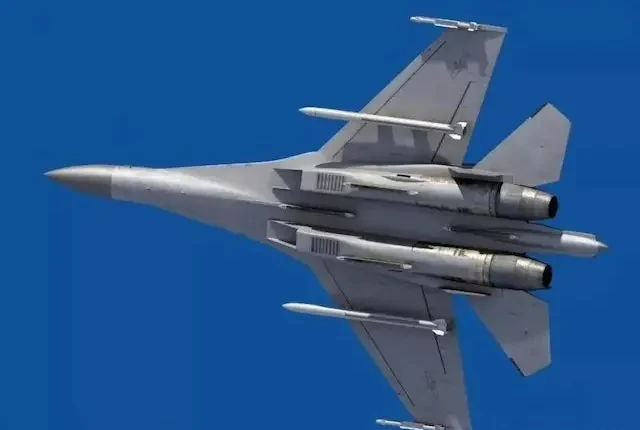
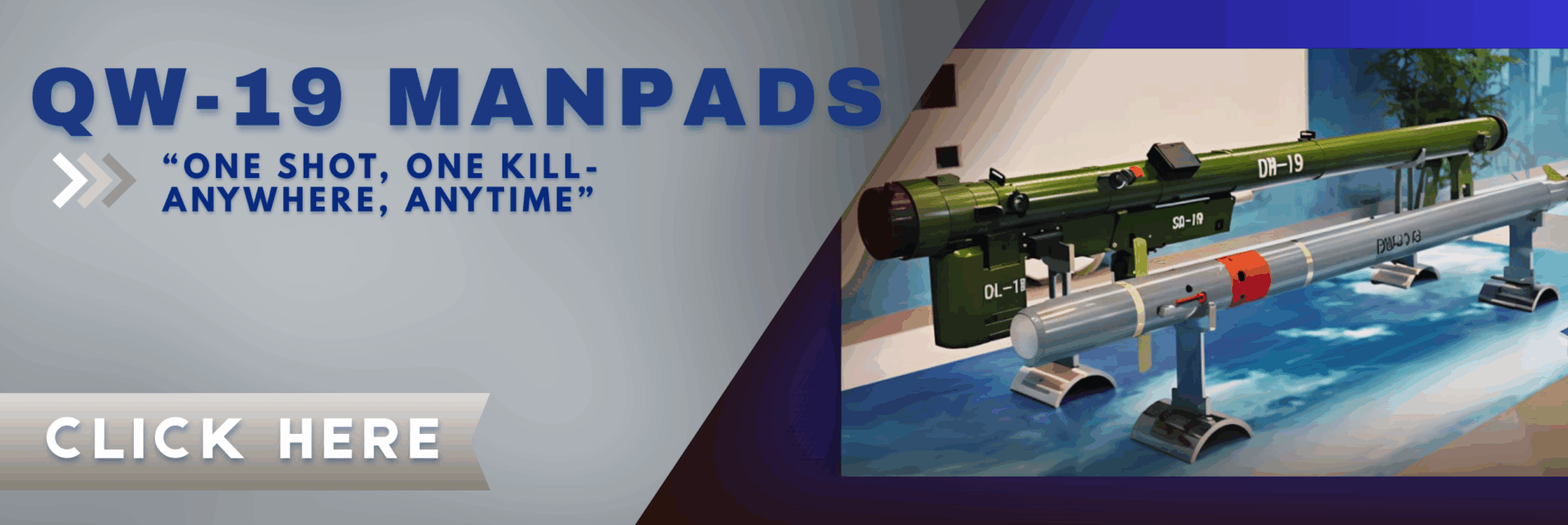
China’s relentless push to secure the technological high ground in air combat has sent fresh shockwaves through the global defence community with emerging reports that its aerospace industry is now advancing a new ultra-long-range hypersonic air-to-air missile — codenamed the PL-XX.
This next-generation missile, if credible early leaks are any measure, could reach an unprecedented range of up to 800 km, doubling the reach of the formidable PL-17 VLRAAM already fielded by the People’s Liberation Army Air Force (PLAAF).
Should these capabilities mature, the PL-XX could irreversibly transform the strategic equation for the United States and its regional allies who rely on extended airborne surveillance, tanking, and command-and-control orbits to project power across the sprawling Indo-Pacific theatre.
Chinese defence circles, including researchers on tightly monitored specialist networks, have been abuzz with speculation ever since snippets surfaced in state-linked scientific journals hinting at the missile’s decisive breakthroughs.
Sources suggest that the PL-XX’s reported range and speed would make it particularly lethal against the backbone of US and allied air operations — high-value, low-manoeuvrability assets like AWACS, AEW&C, aerial tankers, and strategic ISR platforms.
This aligns with details from previous US Department of Defense (DoD) reports, which acknowledged that Beijing was already pushing the envelope with the PL-17 and actively developing an even more advanced long-range missile under the working title PL-XX.
Analysts say the new missile is believed to employ a dual-mode guidance system, combining active radar and infrared homing seekers, which would boost its target selection accuracy while making it significantly harder to defeat with traditional countermeasures.
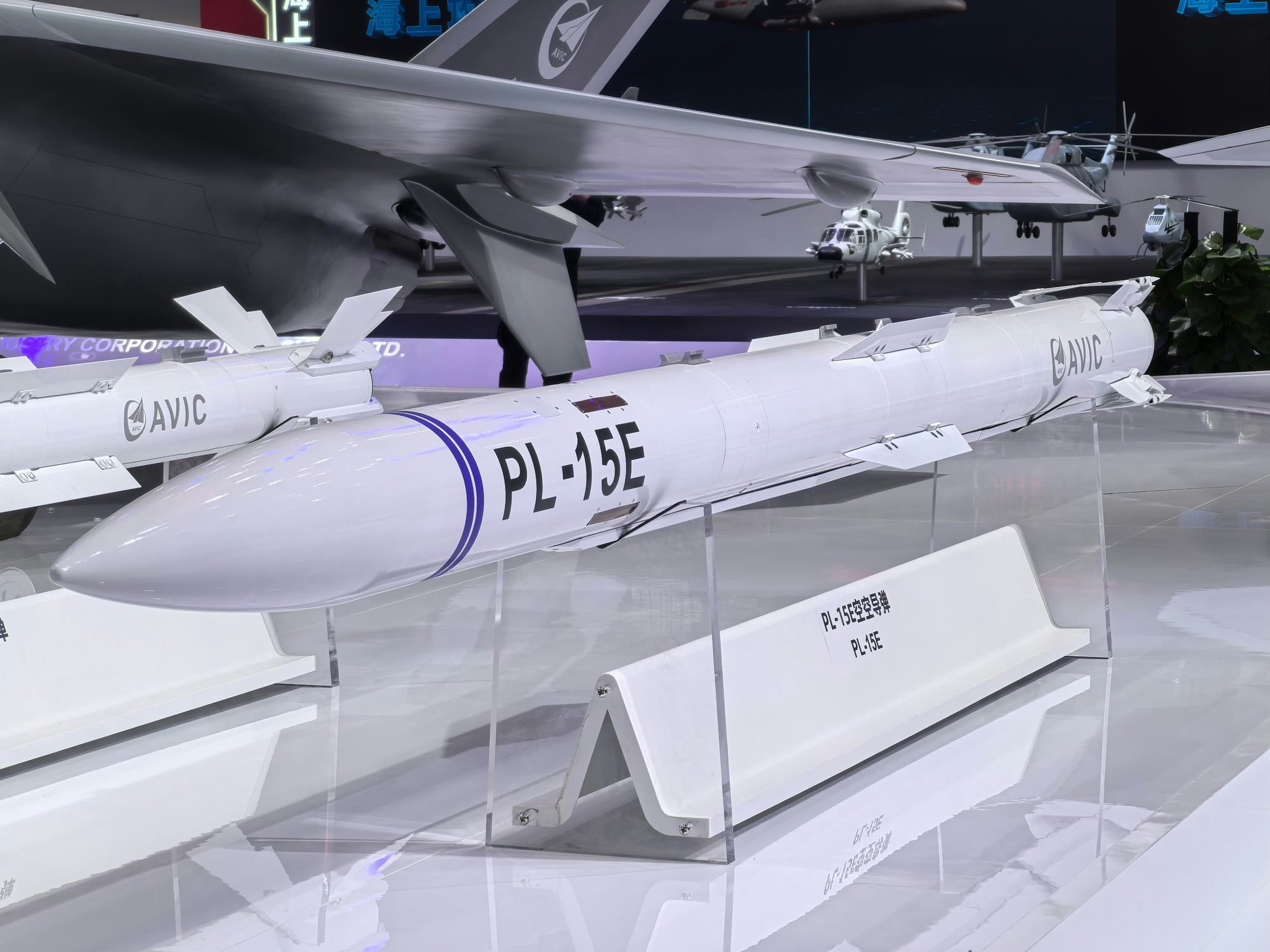
If the PL-XX achieves its projected hypersonic speeds, it would not only outpace most existing intercept options but would compress response times for targeted assets, forcing Western commanders to rethink how close they can position critical enablers to contested airspace.
For context, the evolution of China’s air-to-air missile family has already reshaped the regional kill chain.
In the late 1990s, Beijing kicked off the transformation with the PL-10, a high-off-boresight, infrared-guided short-range missile rivalling the US AIM-9X Sidewinder and Russia’s R-73 Archer.
The follow-on PL-12 added a medium-range active radar-guided punch akin to the AIM-120 AMRAAM, gradually giving the PLAAF confidence that it could match or exceed Russian and Western benchmarks.
In recent years, the PL-15 — reportedly featuring an AESA radar seeker and solid fuel ramjet propulsion — extended Beijing’s aerial reach further, threatening front-line fighters and support aircraft alike at ranges believed to exceed 200 km.
The PL-17 upped the ante, with a reported operational range of 400 km, explicitly designed to push back the ‘safe zones’ where American tankers and AWACS typically orbit in support of fighter patrols.
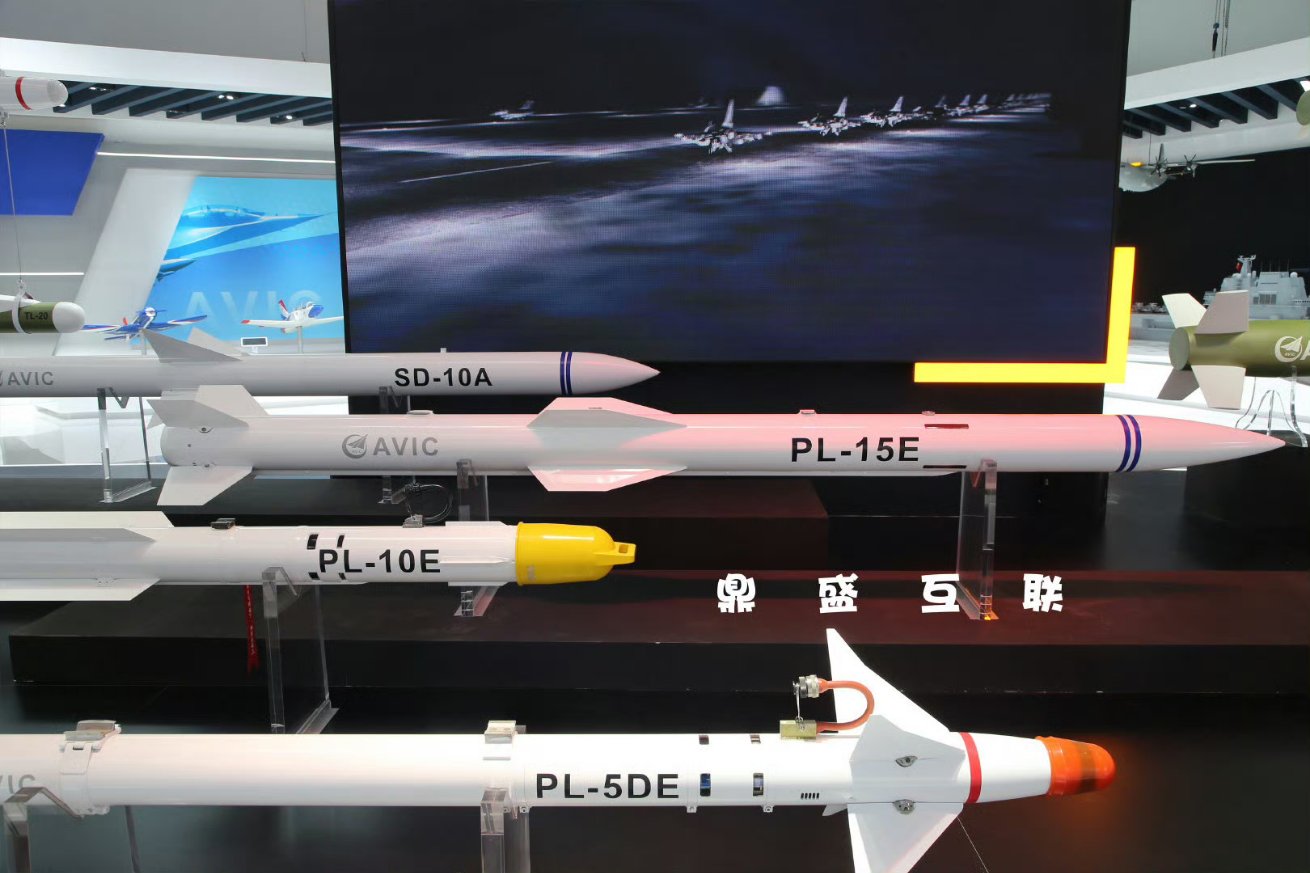
But the PL-XX, if it reaches the reported 800 km bracket, would mark an exponential leap — effectively blurring the line between traditional air-to-air roles and what Western experts now call ‘counter-A2/AD’ kill chains targeting enabling forces far behind the front line.
Such a capability would complement China’s broader anti-access/area-denial (A2/AD) strategy, which already hinges on long-range anti-ship ballistic missiles, carrier-killer DF-21D and DF-26 variants, and increasingly advanced integrated air defence systems like the HQ-9B.
Critically, platforms like the J-20 Mighty Dragon — now flying with increasing frequency around Taiwan and into the East China Sea ADIZ — would become even more dangerous if armed with a hypersonic PL-XX, allowing them to launch standoff strikes from beyond the engagement range of most US and allied fighters.
This development dovetails with Beijing’s growing ambition to assert air dominance in disputed spaces like the South China Sea, East China Sea, and near Taiwan, where the PLA’s expanding kill web is designed to complicate any US intervention.
For Washington and its Indo-Pacific allies — Japan, Australia, South Korea, and increasingly the Philippines — the PL-XX threat reinforces the need to rethink everything from force posture to tanker routes and sensor coverage.
Already, the US is fast-tracking its own next-gen air-to-air missile, the AIM-260 Joint Advanced Tactical Missile (JATM), intended to outrange the PL-15 and compete with emerging Chinese systems.
The Pentagon is also doubling down on survivable airborne ISR, stealthier tankers, resilient datalinks, and expanded electronic warfare capabilities to disrupt Chinese targeting.
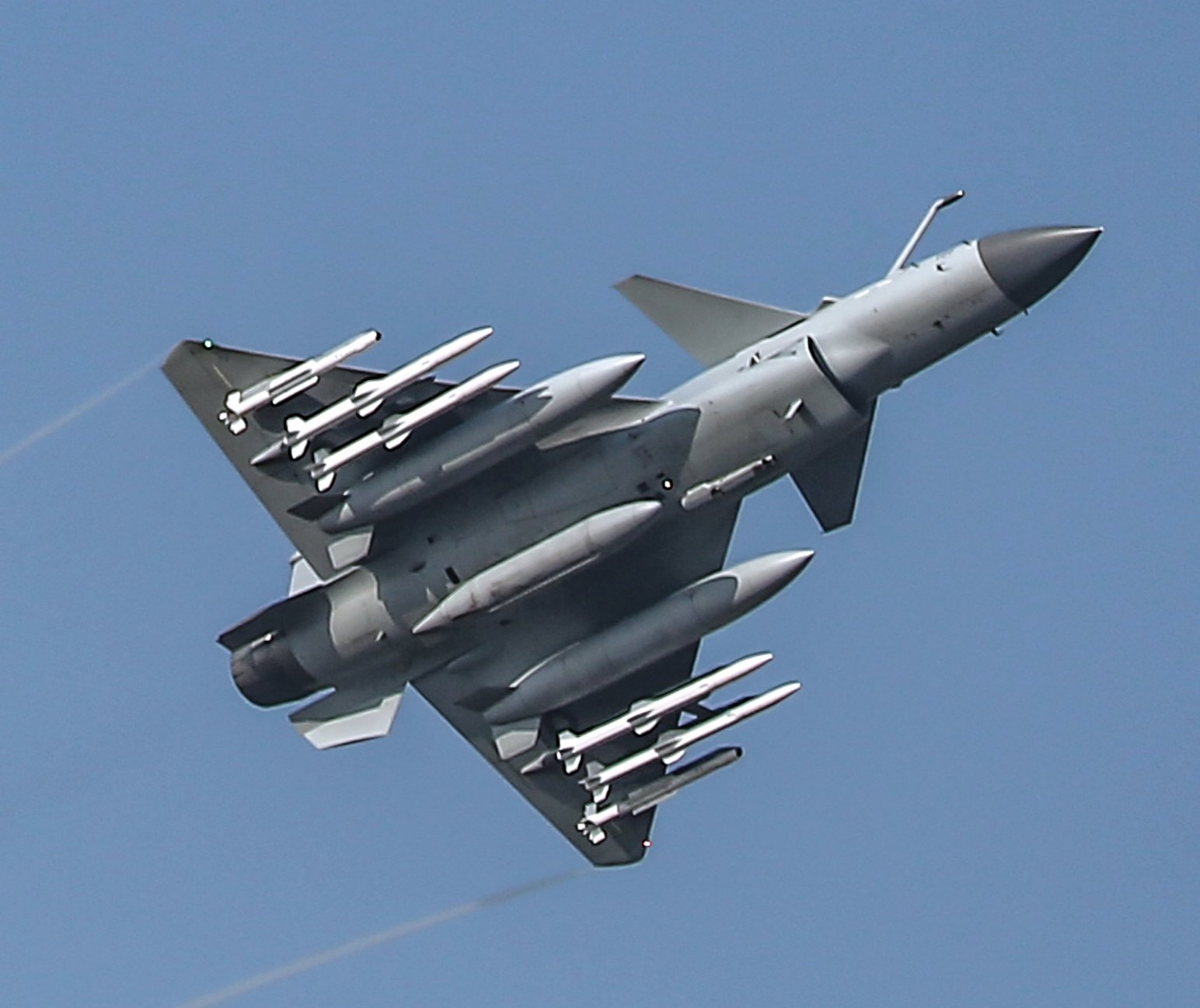
New tactics are emerging, including dispersal and hardened basing, but these come with higher costs and logistical burdens at a time when budgets are already stretched by competing global priorities, from Europe to the Middle East.
It’s not just the US scrambling to adapt.
Japan’s Air Self-Defense Force is enhancing its air refuelling and AEW&C fleet protection doctrines while expanding F-35A and F-35B operations for better survivability.
Australia, through its AIR6500 project, is investing billions in an integrated air and missile defence network designed to plug gaps that the PL-XX would exploit.
And in Southeast Asia, nations like Singapore and the Philippines are watching closely, knowing that a credible Chinese ability to snipe airborne tankers and radar aircraft at 800 km would ripple through their own air planning.
Yet, real challenges remain for Beijing too.
Pushing an air-to-air missile to reliable hypersonic speeds with dual-mode seekers that can survive the intense heat and stress of Mach 5+ flight is no trivial feat.
Equally, maintaining an unbroken kill chain that tracks a fast-moving target over 800 km, relays mid-course updates, and guides a missile to impact demands an extremely robust network of satellites, sensors, and AEW&C — ironically, the very assets that a peer adversary like the US would seek to disable first in any major conflict.
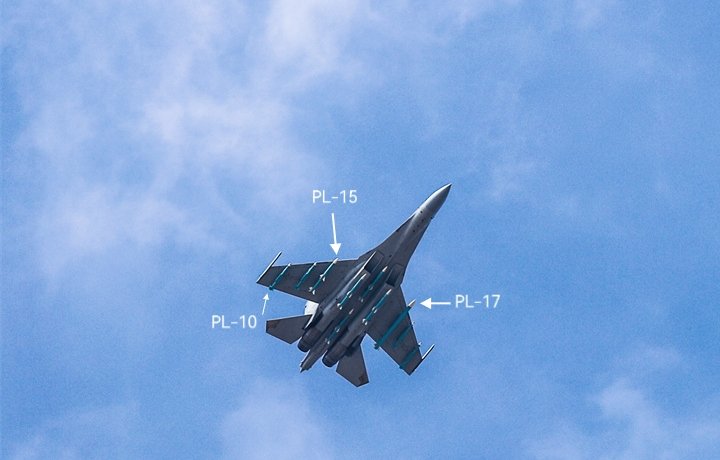
Still, the mere prospect of the PL-XX adds a new layer of urgency to an already intense arms race, where the edge goes to the force that sees first, decides fastest, and strikes furthest.
As the Indo-Pacific heats up — from simmering tensions in the Taiwan Strait to daily cat-and-mouse intercepts in the South China Sea — the PL-XX stands as the latest signal that China’s airpower revolution is not slowing down.
Whether the missile lives up to its fearsome promise or remains a research paper dream, its psychological and strategic impact is already clear: the days when US and allied airborne enablers could operate safely beyond the horizon may be numbered.
Estimated Cost:
If the PL-XX achieves full operational deployment, its development could represent an investment worth USD 1 billion to USD 2 billion (RM4.7 billion to RM9.4 billion) when factoring in R&D, testing, and fielding across China’s growing stealth fleet.
In this high-stakes contest for air dominance, the final battle may not be decided in the skies alone — but in who can keep their tankers, radars, and datalinks alive long enough to win the kill chain.
SNIPPET
China’s PL-XX is reportedly an ultra-long-range hypersonic air-to-air missile with an estimated range of up to 800 km — a capability that could threaten US support aircraft and reshape the strategic air environment across the Indo-Pacific.

